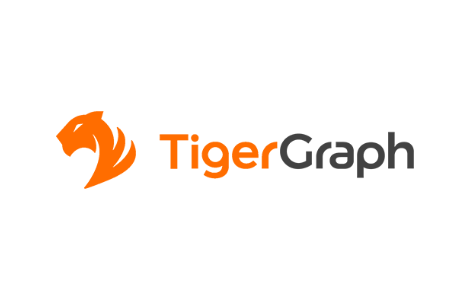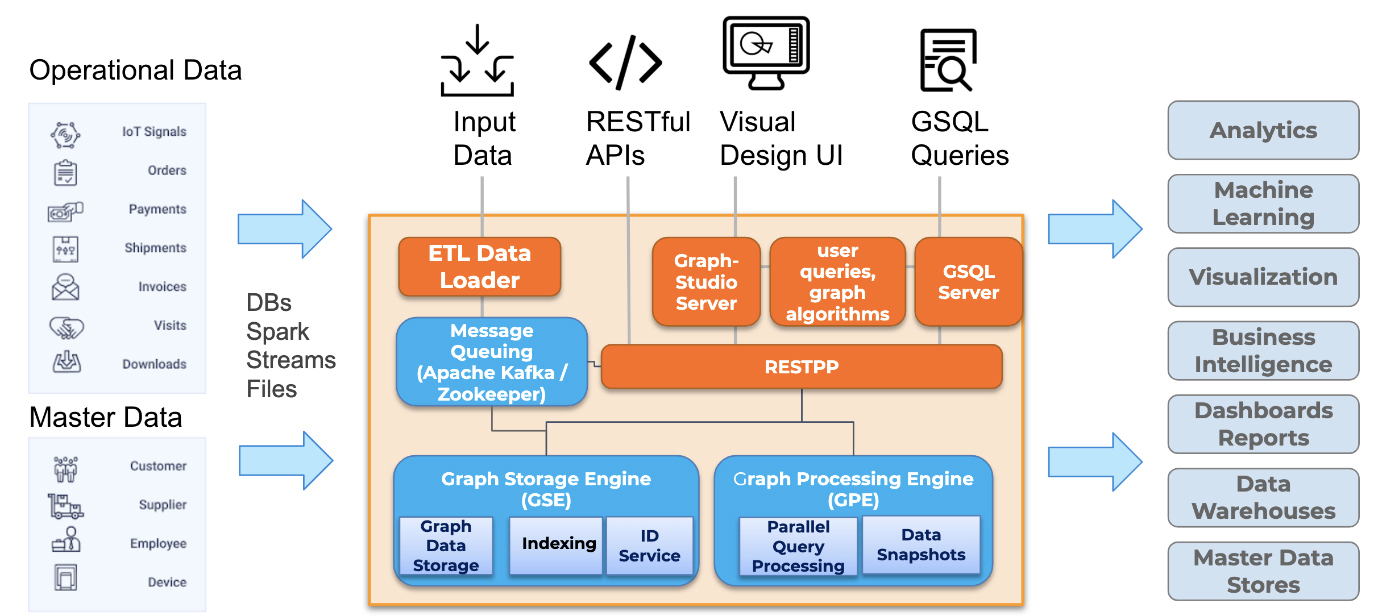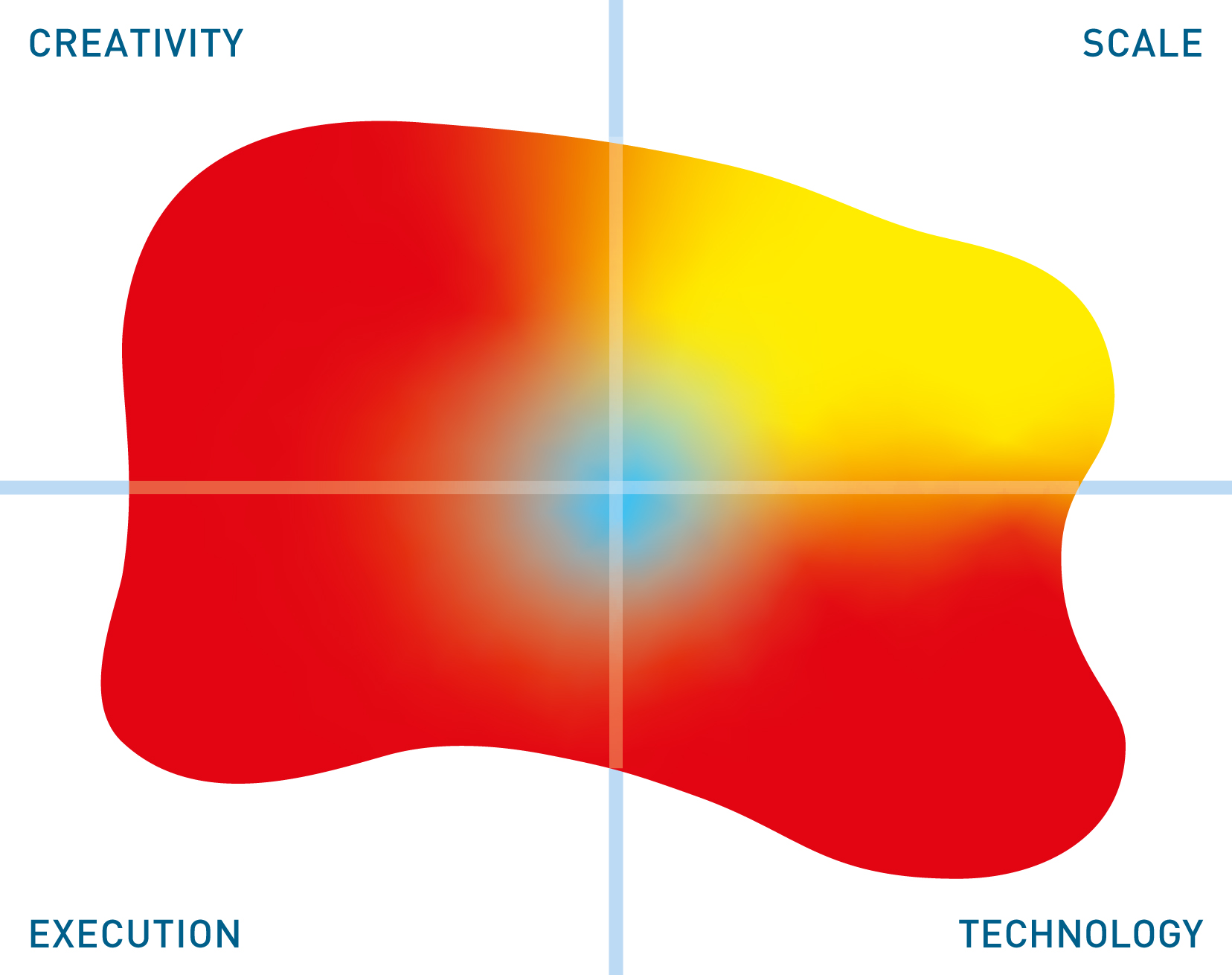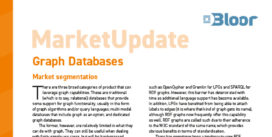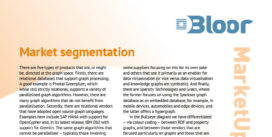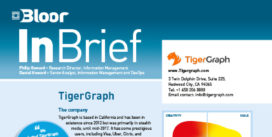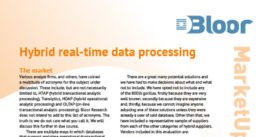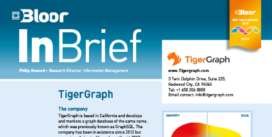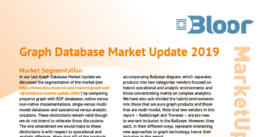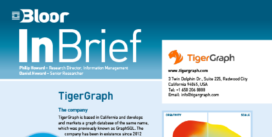TigerGraph
Last Updated:
Analyst Coverage: Philip Howard and Daniel Howard
TigerGraph is based in California and has been in existence since 2012 but was primarily in stealth mode until mid-2017. It has some prestigious users, including Visa, Uber, Citrix, and Alipay, amongst others that span a variety of industries including banking, media and entertainment, healthcare, automotive and retail and hospitality. Energy efficiency analytics and the Internet of Things are also major areas of focus. TigerGraph is VC-backed.
TigerGraph is a native graph parallel database that is available in both on-premises and cloud versions. The company also offers TigerGraph Cloud, which is provided as a managed service. There is a free trial program for enterprises and a free developer edition for non-commercial use. Also available is GraphStudio, which is a visual query builder, and TigerGraph Insights, a visual analytics tool native to the TigerGraph platform. The product features one-click deployment to several major cloud marketplaces, including AWS and Microsoft Azure; it supports Docker and Kubernetes containers; and includes direct integration with a number of popular data storage systems, including relational databases (Snowflake, Teradata et al), Hadoop, object storage and various types of file systems, as well as both Kafka and Spark.
Historically, the product’s most significant selling point has been its high performance within a graph context. More recently, TigerGraph has shifted its marketing towards more specific value propositions, with AI and machine learning a particularly notable focus. To this end, the company now offers a specialised Machine Learning Workbench for delivering graph-enhanced machine learning. TigerGraph is also able to act as a backend for various AI and machine learning technologies, such as PyTorch and Jupyter Notebook.

